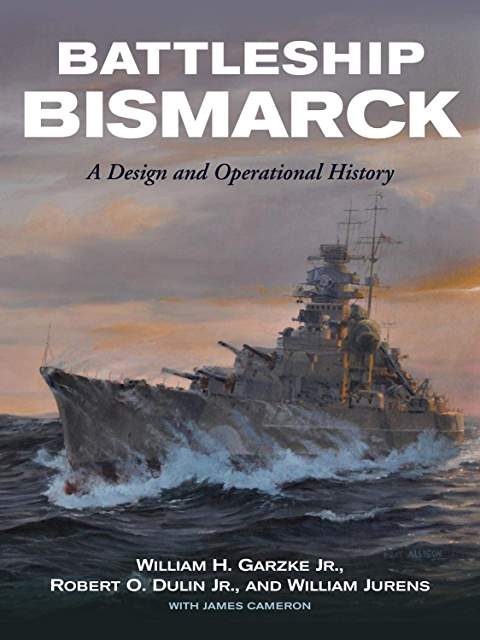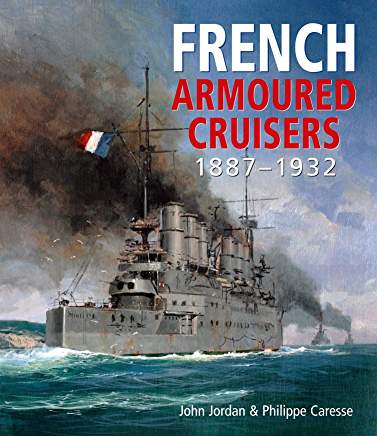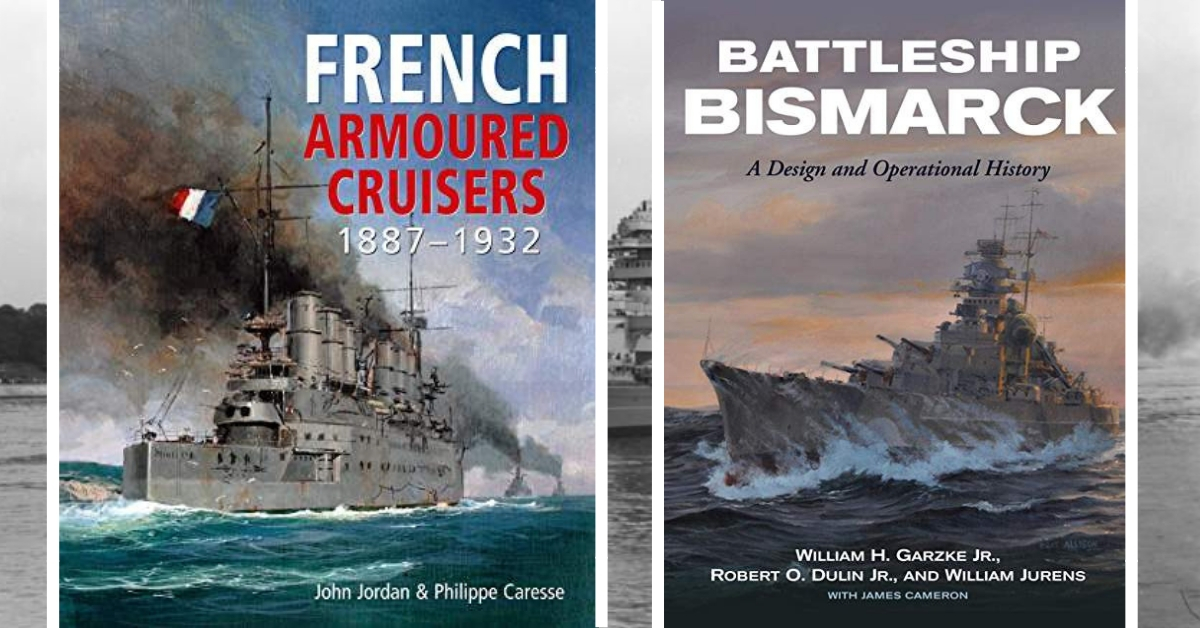We were looking at the battleship Vanguard only recently. She was a ship designed in reaction to recent trends, intended to counter new arrivals on the capital ship scene.
But she was late to the party; by which time many of her rivals had already been consigned to the deep and she, herself, was the last of her line.
The Royal Navy had a lot on its plate facing threats from Germany, Italy and Japan in the dying months of peace, but if there was one ship that was destined to exercise so much concern and, eventually, so much printed word, it was the Bismarck.
This enormous book takes us into the heart of that wonderful ship, revealing much from her short but violent career. The scale of the book almost matches that of the ship, itself, and I doubt very strongly that anything could match or improve on it. I would suggest it is a one off.
The authors take us through the whole gamut of the Bismarck, from her recent heritage to her destruction in 1941. We see how she fitted in to a naval world of capital ships of the old order and come to understand German strategic thinking.
The Germans were well aware they could not match their primary foe, the Royal Navy, but they understood how to take the British on with commerce raiding and the kind of cat and mouse tactics that would tie down an enemy with much greater resources.
It is a fact that there was mutual respect between the British and German navies and this is explicit when we look at pre-war goodwill visits made by ships of the Reichsmarine to Britain.
Even after the Nazis came to power the cordiality continued. Graf Spee came to Britain for the Coronation Review of 1937 and the drama that saw her destruction in the River Plate just two years later seems to have seen lethal combat without malice.
This attitude extended to Bismarck but this was, perhaps, linked to the disaster that befell HMS Hood, a ship whose stature and renown have hardly dimmed almost eighty years on from her demise.
Bismarck was a magnificent ship, both lethal and beautiful. Her short but dramatic life has spawned at least one movie and a forest of books and magazine articles.
Unlike her sister Tirpitz, she went down fighting in the open sea and her wreck remains the subject of constant fascination.
Messrs Garzke, Dulin and Jurens have produced a truly incredible piece of work. Their book looks at more than just the metal, but takes us to the people, leading actors or bit part players in the Bismarck story; who all have an important place.
I particularly have in mind the gunnery officer Baron Burkard von Mullenheim-Rechberg who wrote a brilliant account of the ship which I heartily recommend. My own cherished copy; bought decades ago, is in a crate along with the rest of my ‘library’ at the moment; but I remember the book with fondness, along with the immense dignity of the man himself.
Of course, much of this immense book considers the events building up to the Battle of the Denmark Strait and the follow up which saw Bismarck crippled, then overwhelmed. There is a mass of technical information about her success against Hood and other British ships, along with her own hideous destruction.
The attention to detail of the authors is most impressive. They clearly love their subject, but the battle is presented with objectivity as well as a sense of quiet passion. They seek to tell us about every facet to ensure the complete story is told, not just a simplistic account.
My only regret is this book is of a physical dimension I cannot take on my commuter train journeys where I do most of my reading. But the scale of it is all part of the magic. We don’t do a ‘books of the year’ feature at WHO these days, but if we did this one would be high on the list of candidates. Very highly recommended.

BATTLESHIP BISMARCK
A Design and Operational History
By William H Garzke Jr, Robert O Dulin Jr, and William Durans
Seaforth Publishing
ISBN: 978 1 5267 5974 0
A similar approach is taken by John Jordan and Philippe Caresse in their history of French armoured cruisers.
Take a look at snaps of these ships, which in a superficial way appear to be quite bonkers, and you may recall that daft image doing the rounds which had been Photoshopped to the max, offering a vessel with multiple decks and casemates. The real deal is here in this lovely book and the reality seems no less dramatic at times.
These ships were conceived at a time when rivalry between the old enemies, Britain and France, was percolating as bubbly as ever. The French built a range of ships to threaten the sea lanes used to project British trading power. Commerce raiding was the order of the day.
But the politicians on both sides of the Channel were not stupid men. They understood that a new reality was looming with the threat of the ambitious Kaiser Wilhelm intent on building a navy to rival that of his grandmother Queen Victoria and her successor Edward VII. The entente cordiale drew Britain and France into an understanding that would pave the way for the alliance that won the Great War.
But, by this time many of the ships seen in this book had come and gone. The armoured cruiser had been surpassed by the battlecruiser alongside the age of the dreadnought.
However magnificent these ships may look; they would be no match for the fast and furious ships facing them, but this does not mean they should not be treated with respect. But many of them still had a role to perform in the war to come and some would even prove useful to the Germans after the defeat of France in 1940.
This book fits neatly into the Seaforth fleet of warship histories. The quality of the archive photography is as wonderful as always and the technical stuff is presented clearly for novice and expert alike. I like these books on many levels, from superficial pleasure with the glorious photography to meatier stuff I have gradually learned to appreciate and occasionally understand.
I really cannot get enough of books like this. Above all this book emphasises the importance of the cutting-edge design work carried out in France to lead the way with the armoured cruiser concept. The ships themselves bear a gallic individuality we can only admire from afar. Brilliant, absolutely brilliant.
Another Article From Us: Historic 104-Year-old Battleship Close to Sinking

FRENCH ARMOURED CRUISERS 1887-1932
By John Jordan and Philippe Caresse
Seaforth Publishing
ISBN: 978 1 5267 4118 9
Reviewed by Mark Barnes for War History Online
